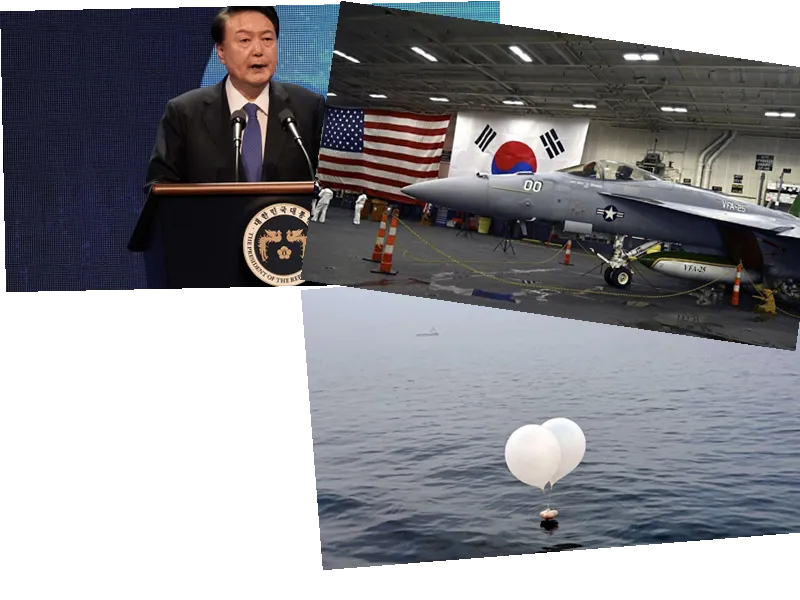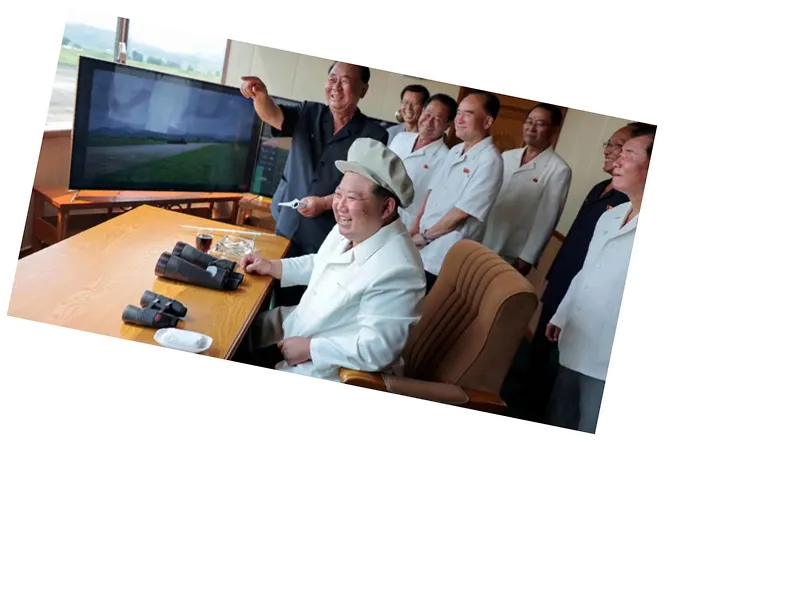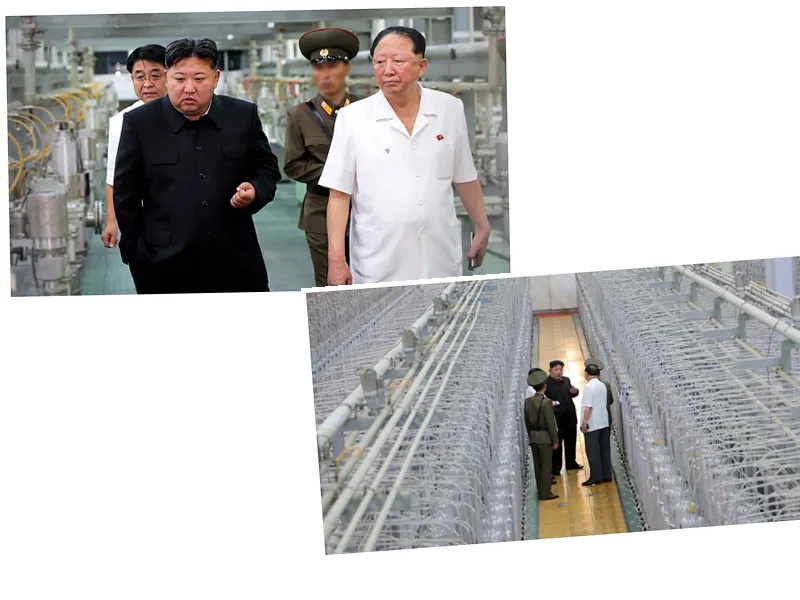Tensions on the Korean Peninsula have escalated as North Korea has launched hundreds of balloons containing waste into South Korean territory. This act, which South Korean President Yoon Suk Yeol condemned as 'a despicable and irrational provocation,' has further strained relations between the two nations. The balloons, filled with waste paper, were mainly found in Gyeonggi Province and Seoul, posing no risk to public safety.
In response to the balloon launches, South Korea's Joint Chiefs of Staff announced that the military is prepared to wage psychological warfare. This incident follows a series of similar actions by North Korea, which claims to be retaliating against South Korean activists who have been sending propaganda leaflets into the North. The South Korean military has also resumed loudspeaker broadcasts along the border, which had been suspended under a previous military agreement aimed at reducing tensions.
North Korean leader Kim Jong Un's sister, Kim Yo Jong, has issued warnings that continued leaflet drops and loudspeaker broadcasts would lead to further counter-offensives from the North. Experts believe that the situation could escalate quickly if South Korea continues its current course of action.
Adding to the complexity, a U.S. Navy aircraft carrier, the USS Theodore Roosevelt, has arrived in South Korea for joint military exercises with South Korea and Japan. These exercises are part of a broader strategy to counter North Korean threats and are seen as a show of force. The exercises come in the wake of a defense deal signed between North Korea and Russia, which has been condemned by the United States, South Korea, and Japan.
The trilateral joint statement from the U.S., South Korea, and Japan condemned the deepening military cooperation between North Korea and Russia, citing it as a threat to regional and global security. The statement also highlighted that the cooperation violates multiple United Nations Security Council Resolutions and prolongs the suffering of the Ukrainian people.
The arrival of the USS Theodore Roosevelt in Busan and the upcoming Freedom Edge exercises underscore the strong defense posture of the U.S.-South Korea alliance. This move is part of a series of U.S. military actions aimed at demonstrating a strong commitment to South Korea amidst rising tensions with North Korea.
- The South Korean government has urged its citizens to report any sightings of the North Korean balloons and to avoid touching them. This advisory follows the discovery of parasites and human genes on balloons sent earlier this year, suggesting that human feces may have been used as fertilizer.
- North Korea has sent over 1,000 balloons carrying trash to the South since May, a move it claims is in retaliation for South Korean activists' leaflet drops. These actions have led to heightened tensions and a series of retaliatory measures from both sides.
- The joint military exercises involving the U.S., South Korea, and Japan are seen as a direct response to the increasing threats from North Korea. These exercises are also aimed at reinforcing the trilateral security cooperation in the region.
- The defense deal between North Korea and Russia has been a point of significant concern for the international community. The deal includes provisions for mutual defense and has been linked to broader geopolitical issues, including Russia's invasion of Ukraine.
- The U.S. aircraft carrier's presence in South Korea is part of a broader strategy to ensure regional stability and to counter potential threats from North Korea. The exercises and military presence are intended to send a clear message of deterrence to Pyongyang.






